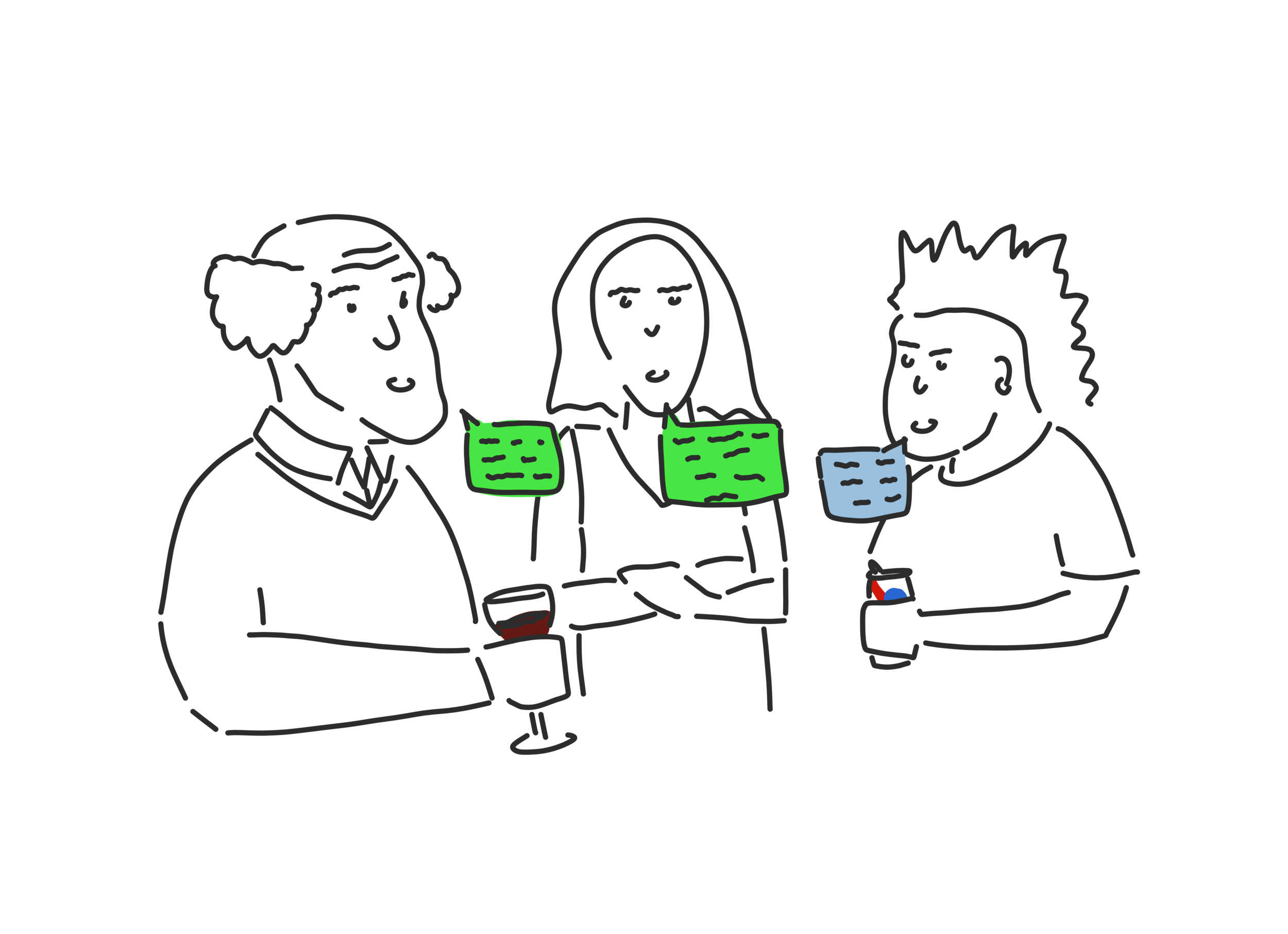In-Home Carbonators
What’s the sitch with carbonating different liquids?
People have been drinking carbonated beverages for centuries. Until the late 1700s, the only bubbly liquids available for consumption were either naturally effervescent spring water or fermented beverages such as beer and wine, carbonated via byproducts of the yeasts used to brew them.
Primitive attempts at artificially carbonating water involved suspending bowls of water above vats of brewing beer. As technology progressed, people were able to dissolve more and more carbon dioxide into water using pressurized systems. In those times there was still a commonly held belief that naturally carbonated springs were beneficial to one’s health, so this was the driving force that led to innovation in the field of fizzy drinks. I also suspect that tap water in those days tasted much worse than the current stuff that comes out of the sink, and carbonating it may have masked the particles of shit floating around (to some extent). On a side note, the etymology of ‘soda,’ stems from the sodium salts often added to these ‘mineral,’ waters, again, as a flavoring agent to mimic natural springs (and mask the shit particles).
Skipping ahead, all the way to present day, the advent of the in-home carbonator has opened up nearly endless possibilities. Most commonly sold under the brandname Soda-Stream, these small-batch, high-pressure carbonators have allowed households to stop buying prepackaged cans of fizzy waters, in favor of carbonating whatever they choose in reusable liter bottles.
But, it seems to me, even those who own these instant carbonating miracles of the modern era are stuck in the past; all that anyone does is carbonate boring, old water.
I’m not against using them for this function. I like fizzy water. You (likely) like fizzy water. If you prefer to call it mineral water, or seltzer water, I won’t hold it against you. It is fun stuff.
But we can be more creative than that! We don’t only use our smartphones to make voice-based telephone calls, and we certainly didn’t use our TI-83 graphing calculators for math! When a new technology is widely distributed, consumers find new, exciting ways to use it, that never would have been dreamed of when the product was being developed.I’m not saying carbonated hot chocolate is definitely going to be better than the regular kind. But we won’t know until we try!! I urge you to be a tastemaker, not just consume the status quo that the Big Soda Lobby has been pushing for decades.
Carbonated tomato soup? You might need a bib to eat it (I foresee a lot of red-splatter), but it also might be just what the doctor ordered to sooth that cold you can’t kick.
Maybe heat and carbonation don’t sound like a great combo to you; carbonated iced tea? Carbonated breakfast smoothies? Carbonated vodka-on-the-rocks, without that pesky extra water adding non-alcoholic liquid to your Saturday night?
The crazy thing is, especially if you bought a second Soda-Stream, we could start carbonating things we don’t even eat. Think outside the box people! How refreshing would the morning shower be if your shampoo was bubbling as you lathered it into your hair? How refreshing!!?? Pretty goddamn refreshing, if you ask me. Carbonated face-lotion could have similar pick-me-up effect (though there may be some issues with viscosity… it’s called experimentation people!!!)
I’m not even someone who is that crazy about carbonated beverages. Admittedly, I don’t own a Soda-Stream myself. But, if I did, I wouldn’t let myself be confined by what our ancestors thought tasted good, by what our forefathers (and mothers) thought was cool. I would be an innovator, and, more than likely, a leader in the field of carbonated liquids.
Also, I guess, I’m kind of bored. And I’m sick of imagining carbonated soup; I want it to be a reality. Help me help you. Carbonate your soup.



